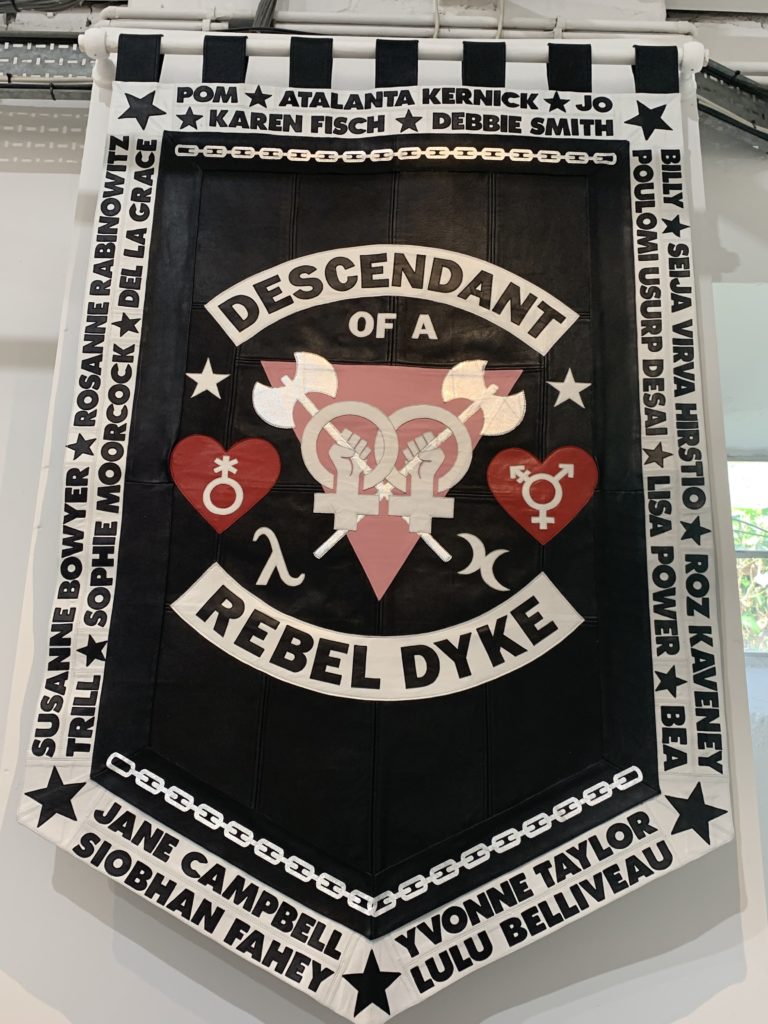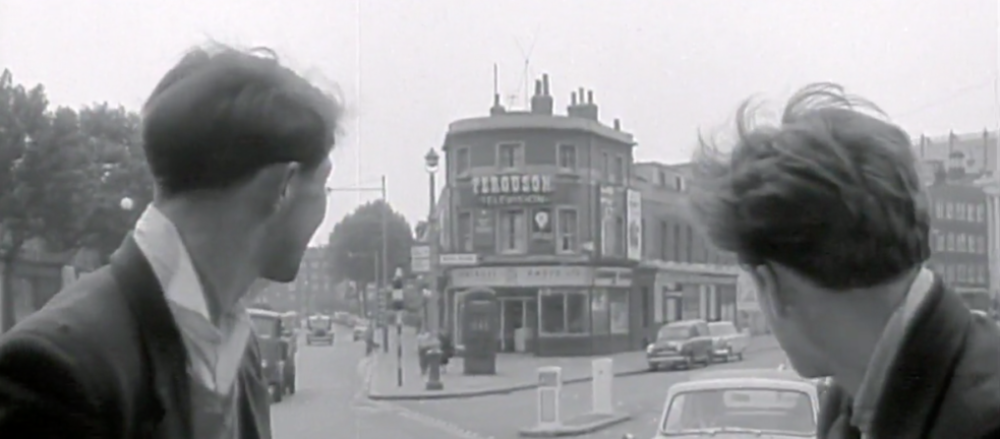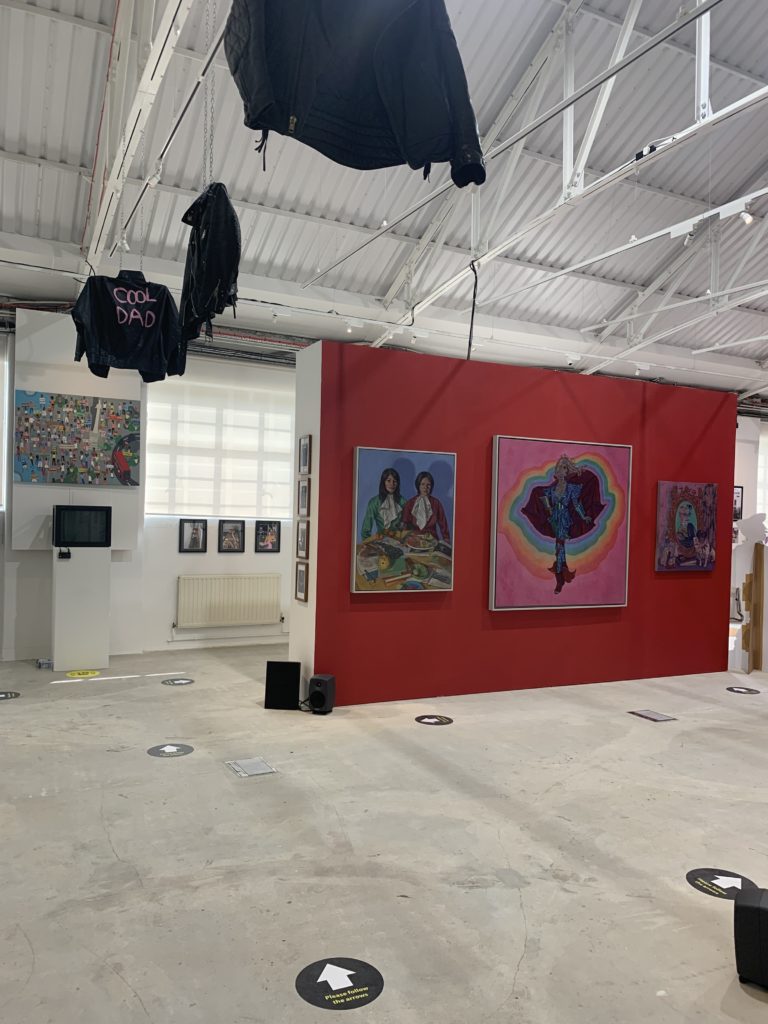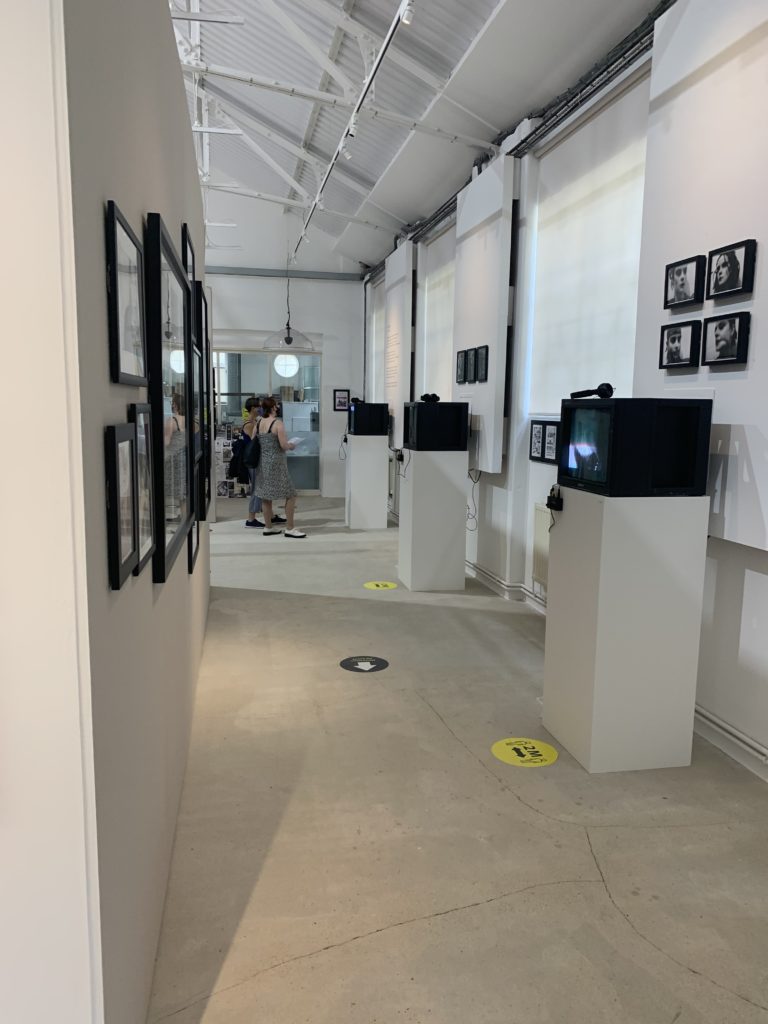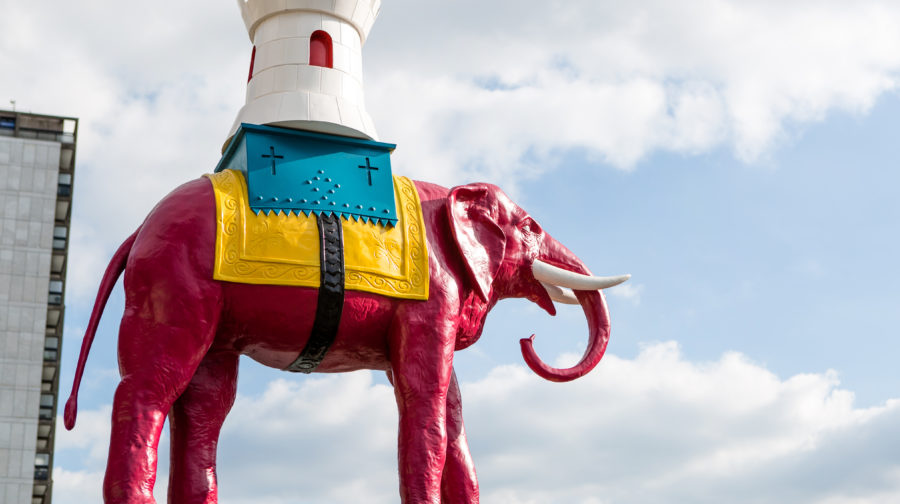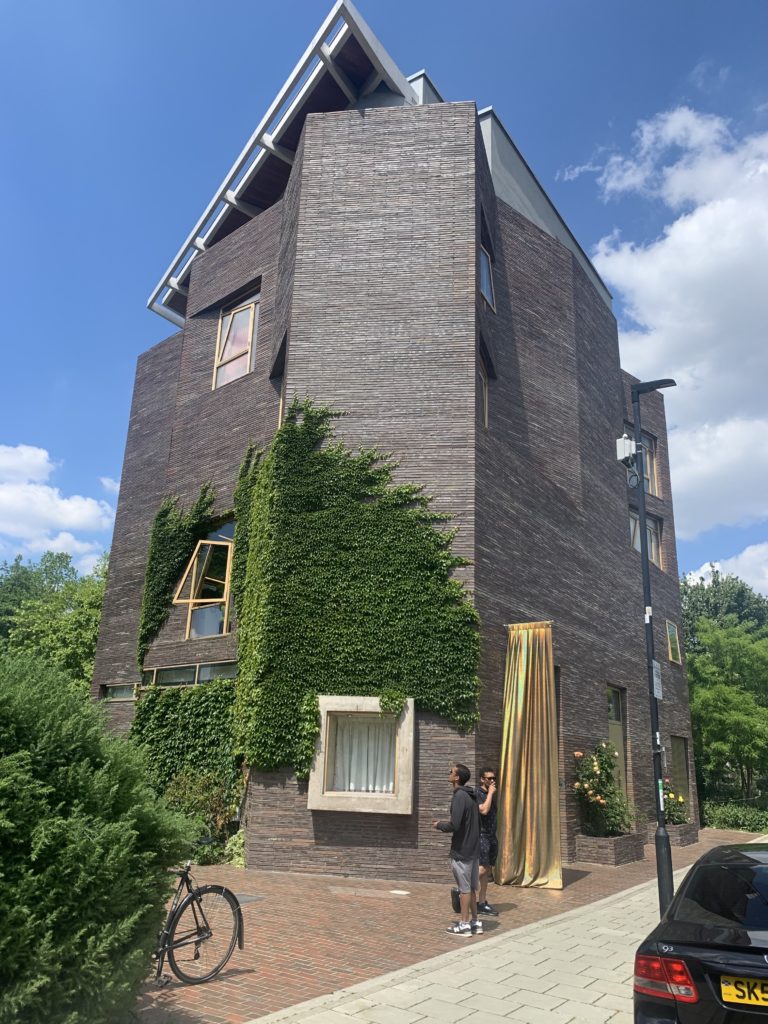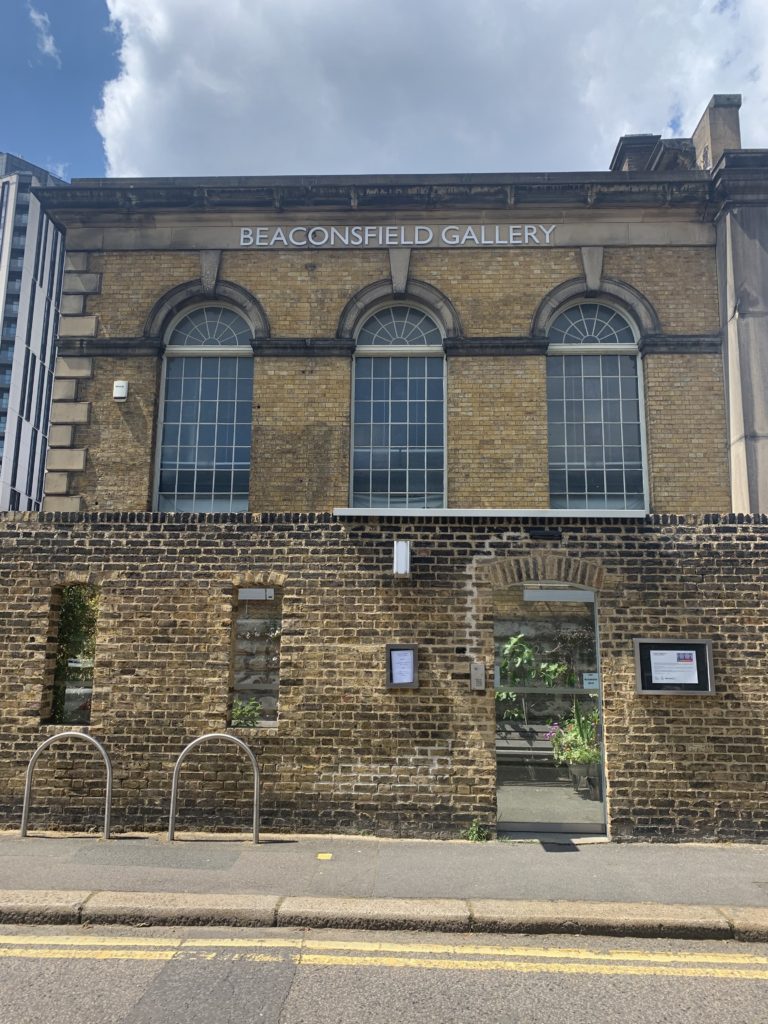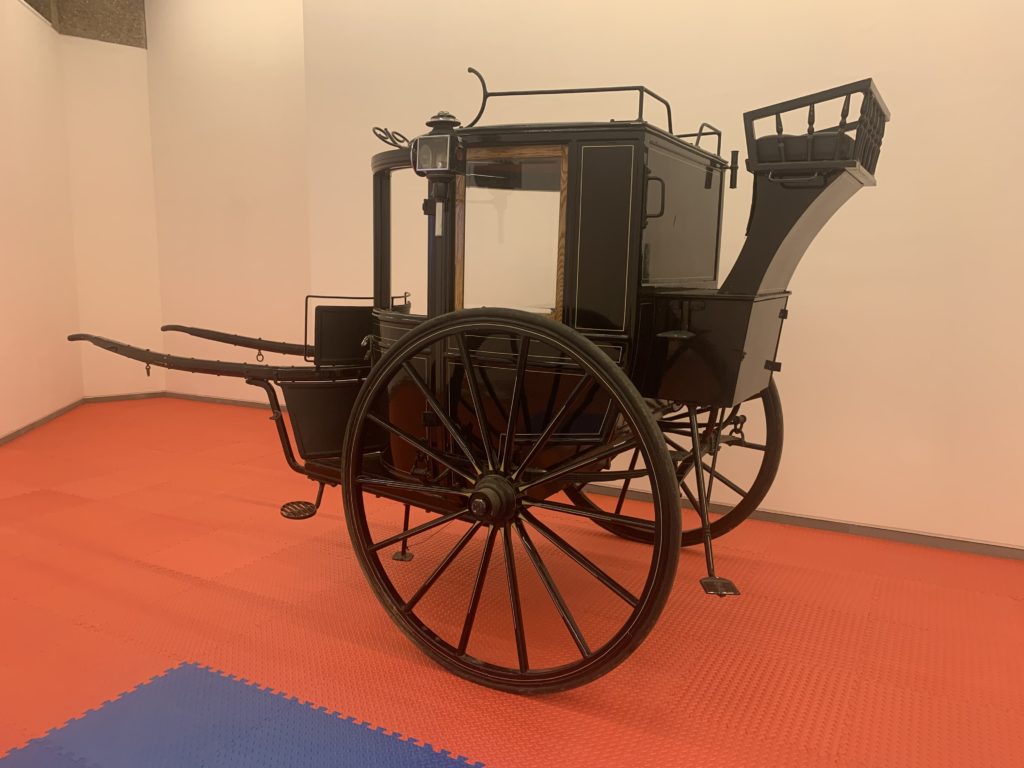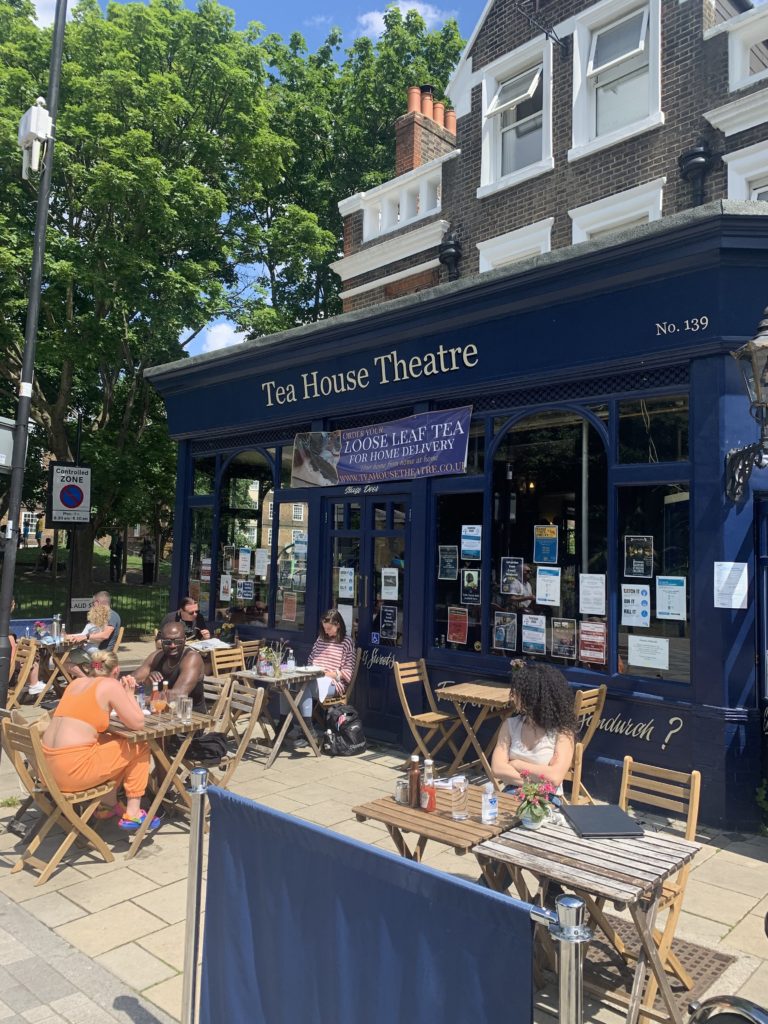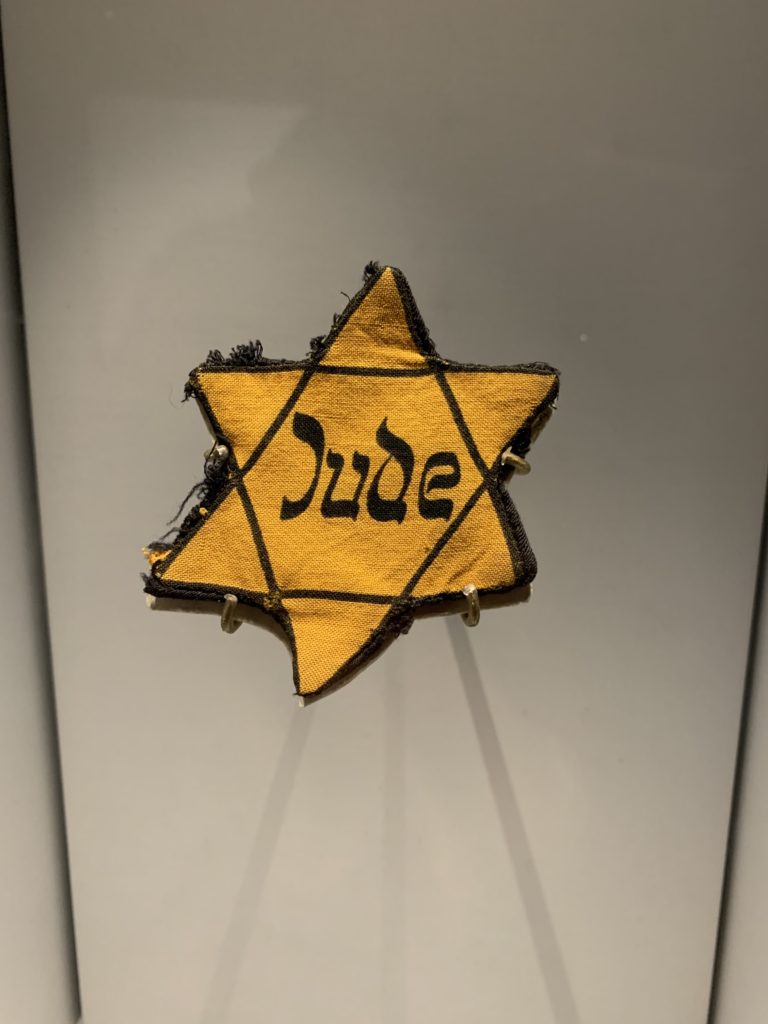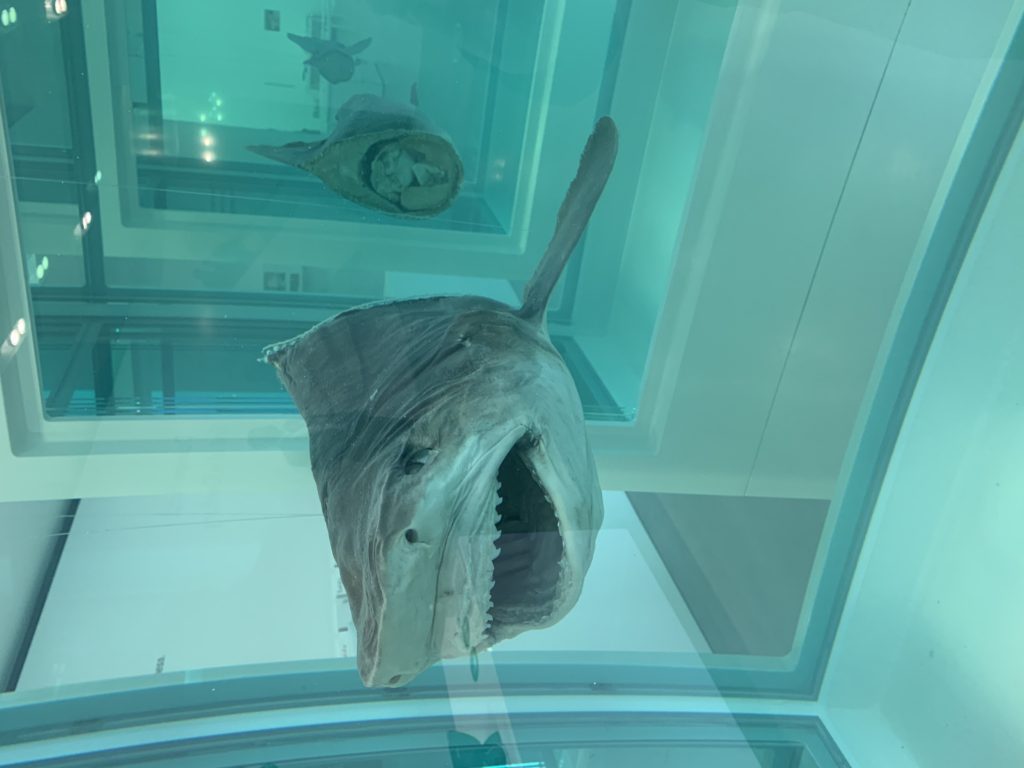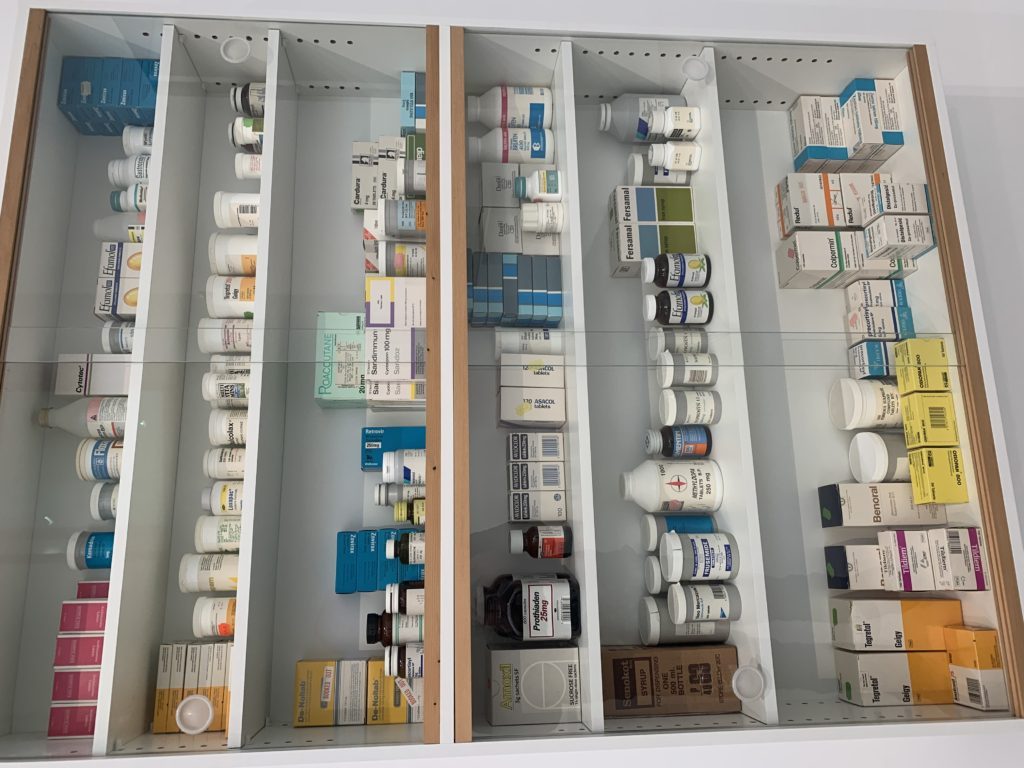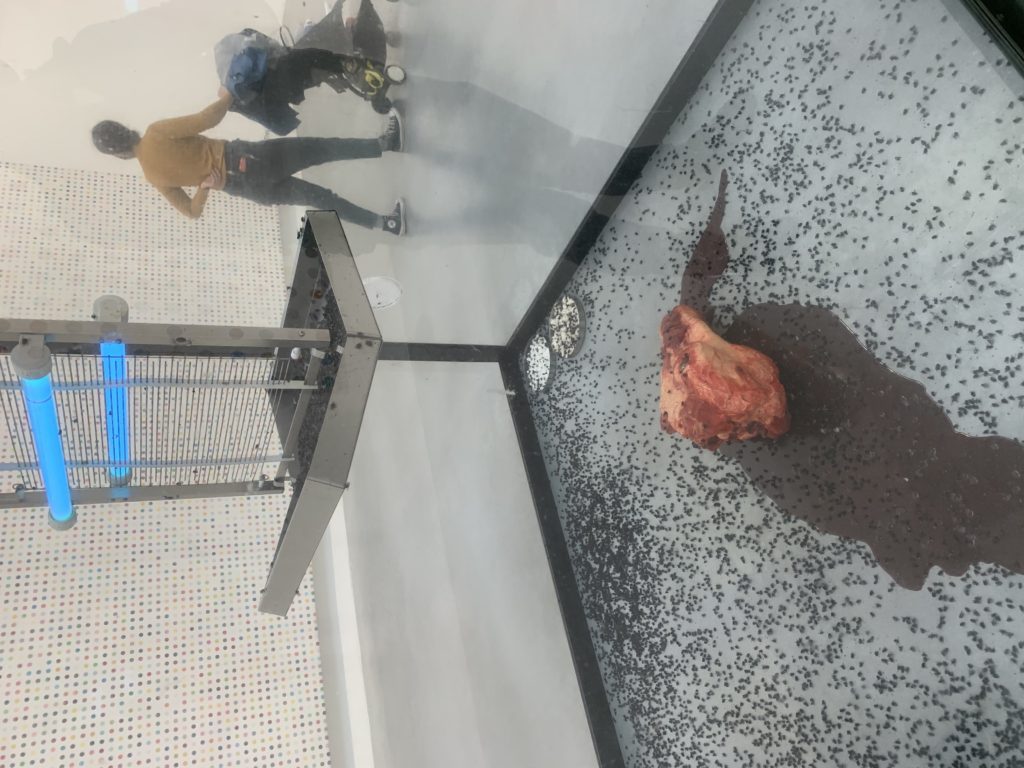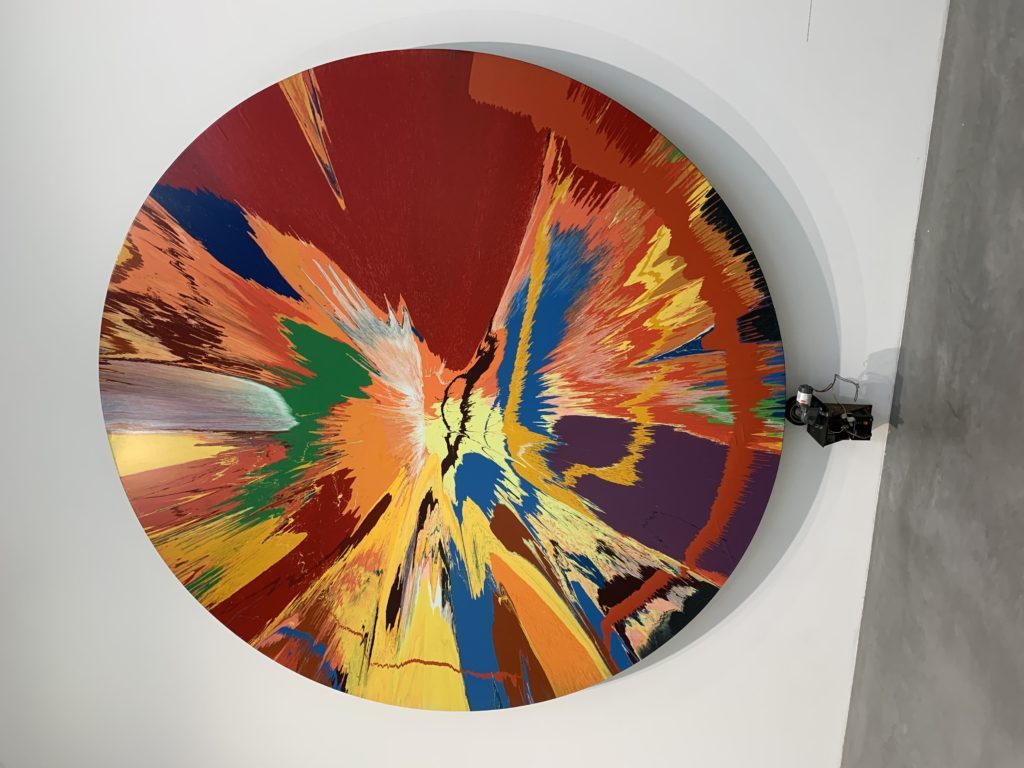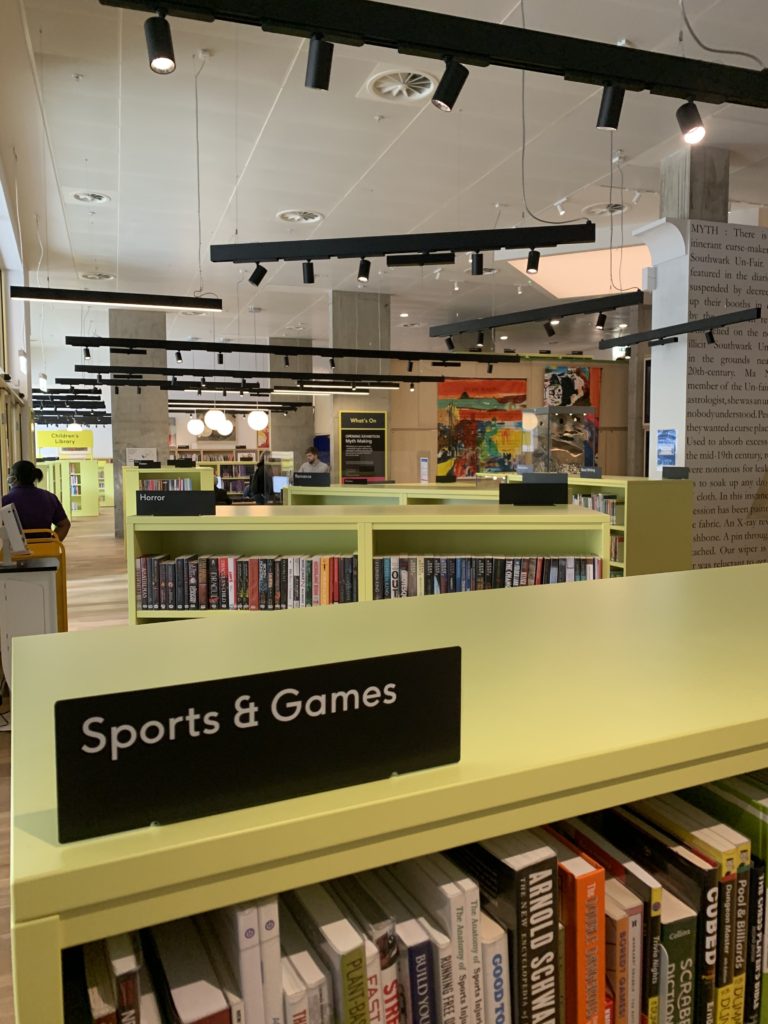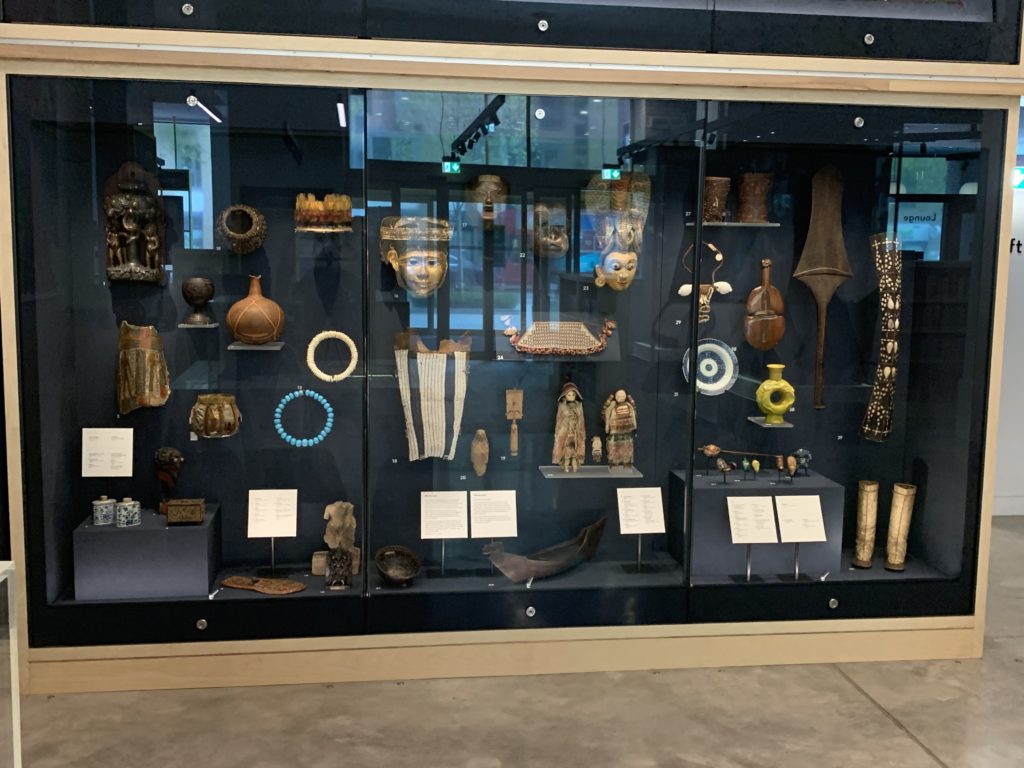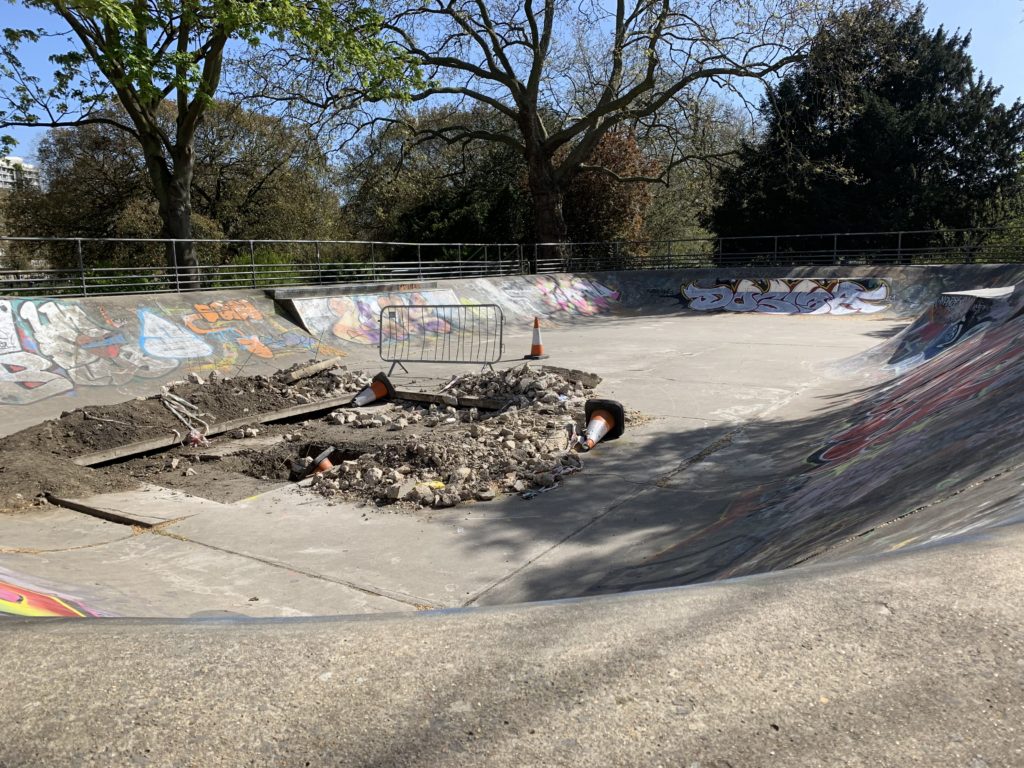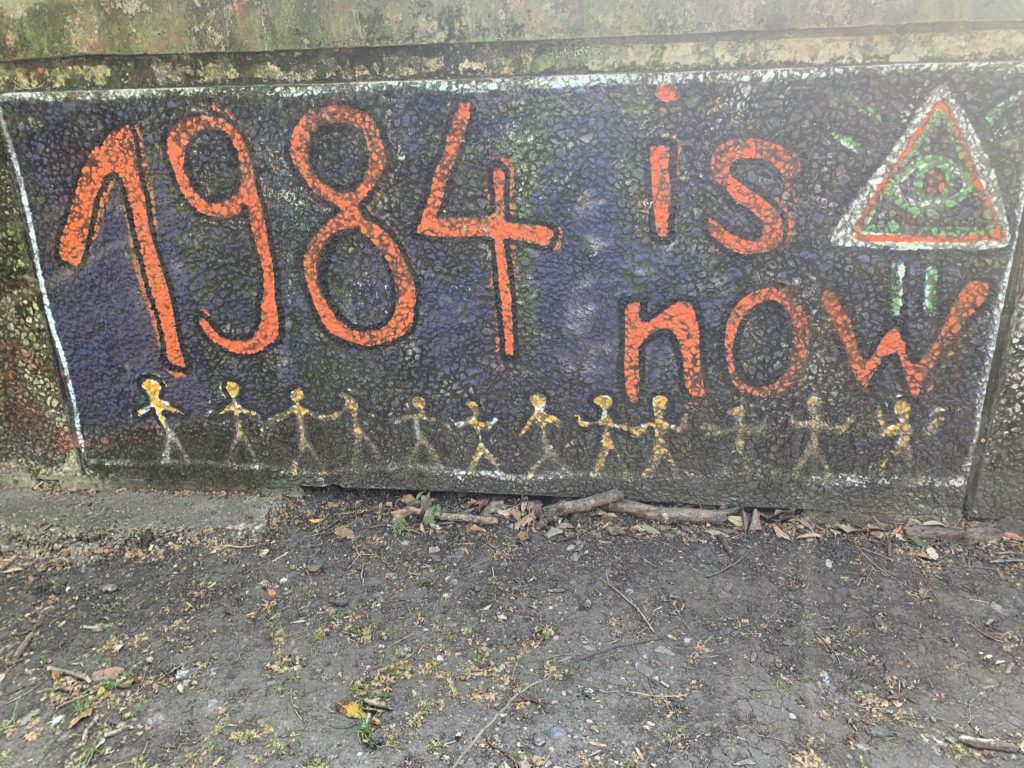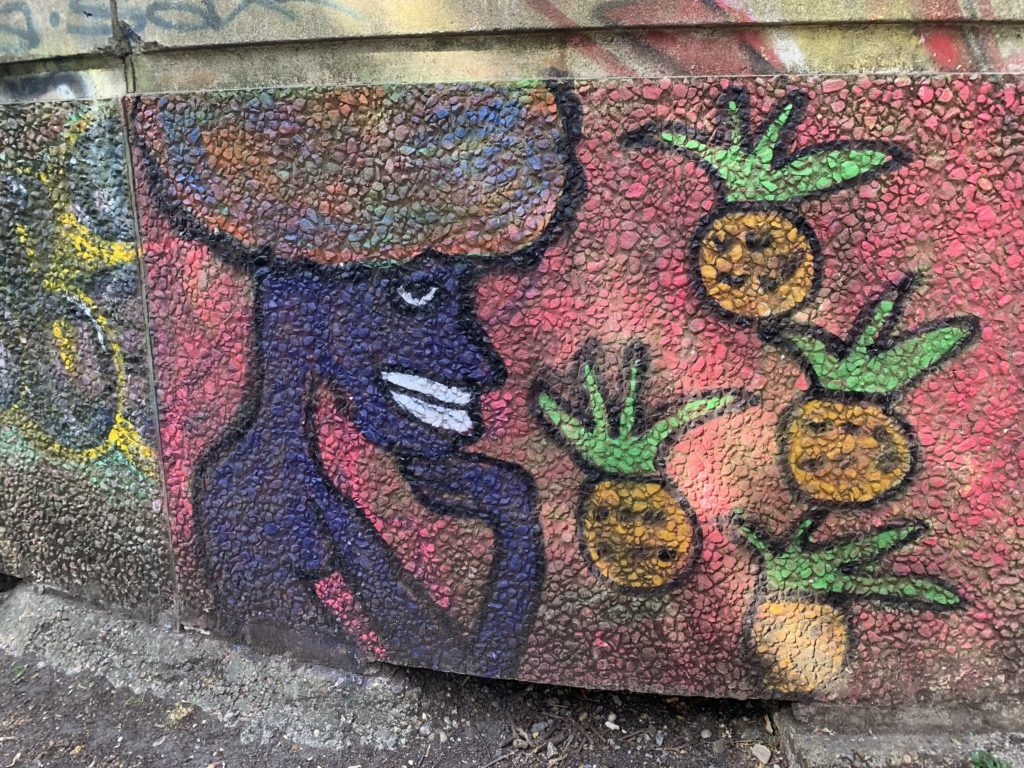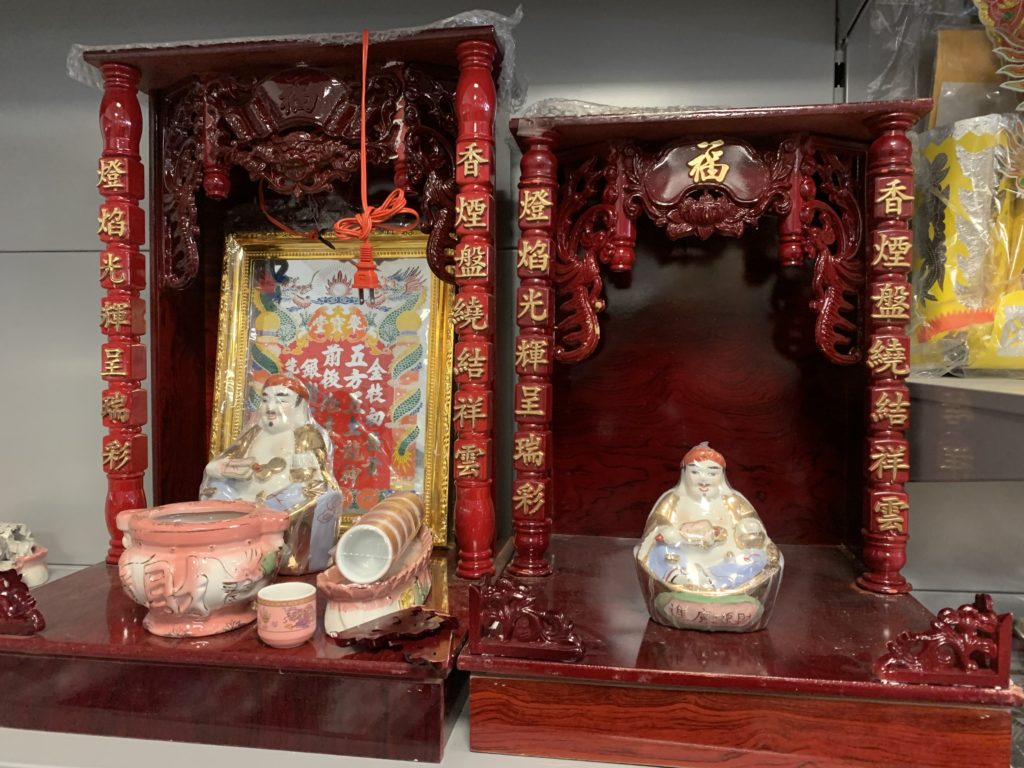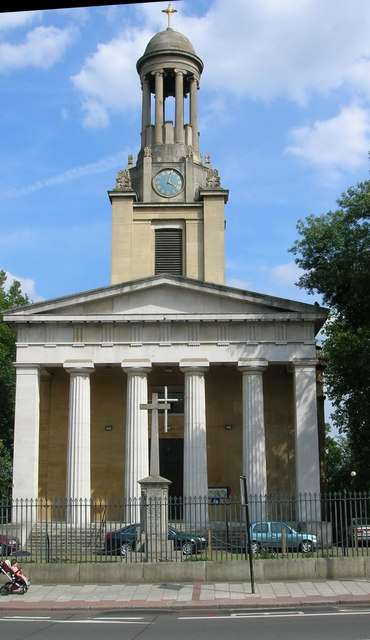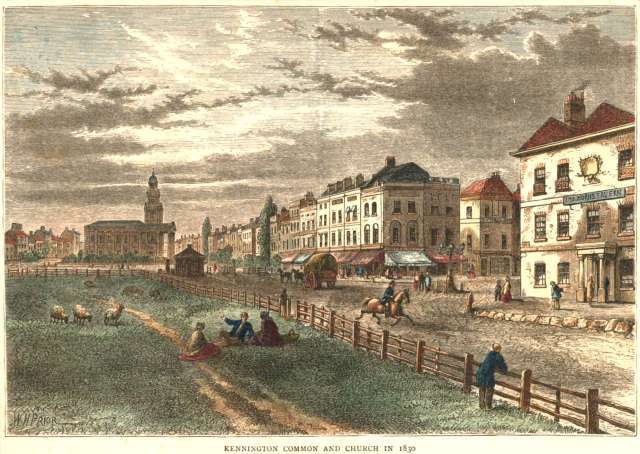We’ve just checked out the intriguing ‘Rebel Dykes, Art and Archive’ exhibit at the rarely used Space Station Sixty-Five gallery in Central Kennington and we’re here to tell you what we unearthed.
The London Rebel Dykes synthesised several feminist movements to pursue a fresh exploration of sex, art, writing and activism. The group informally came together during the all female protests at Greenham Common in 1982, and this grew organically through music, parties, the lesbian bar scene, by building families and in squats from Brixton up to Kennington. Rebel Dykes represented (and still do) a converging of communities of outsider lesbians such as punks, bikers, clubbers, protesters, kinksters and gender outlaws.
The exhibition at Sixty-Five seeks to embrace and represent as many elements of the Rebel Dyke experience as possible and this is largely achieved in a multimedia manner. In the exhibit are photos, paintings, videos, testimonials, flyers, and a motorcycle engine revving amongst black leather jackets. According to the organisers, they want to celebrate the work of groundbreaking rebel dykes in the past and connect them to a younger generation who continue to disrupt the world to this day.
If you’ve ever wondered what transpires behind those foreboding steel gates branded ‘Kennington Film Studios’ well this is your chance, as the Space Station Sixty-Five Gallery is located in a studio inside the courtyard. We can only recall one other show being held in that great creative space, so if you’re reading this review Kennington Film Studios, if you put the shows on we’ll all come.
Rebel Dykes Art and Archive Show is free and open from 12 to 6 Thursday to Sunday until 25 September. Another news event relating to underrepresented LGTBQI+ populations is this interesting piece in last weeks’ Guardian about the origins of UK Black Pride in Kennington Park.
